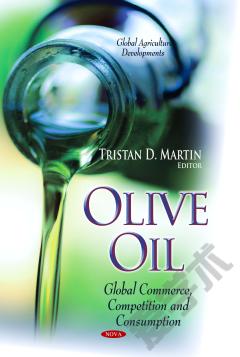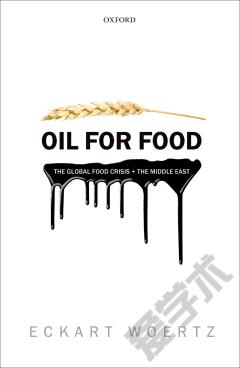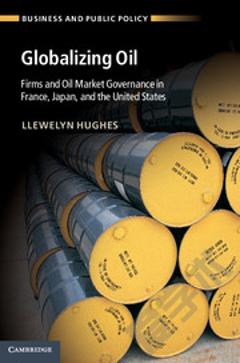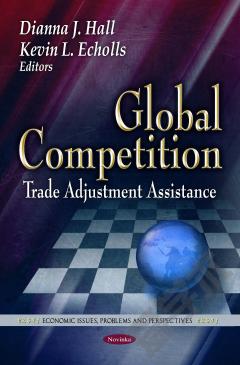Olive Oil: Global Commerce, Competition and Consumption
Global demand for and consumption of olive oil has increased significantly since the 1990s. While the United States and other “New World” players, such as Australia, Argentina, and Chile, have emerged as both producers and consumers, countries in the European Union (EU) and North Africa still dominate global production, consumption, and trade. Almost 60 percent of global exports by volume were intra-EU trade flows during 2008–12. The largest bilateral trade flows during this period were Spanish exports of olive oil to Italy, where large multinational companies source oil from around the world, blend and bottle it, and then re-export the final product to third-country markets, including the United States. The benchmark for international standards for determining the grade of an olive oil are set by the International Olive Council. Findings suggest that the current standards for extra virgin olive oil are widely unenforced and allow a wide range of olive oil qualities to be marketed as extra virgin. Broad and unenforced standards can lead to adulterated and mislabeled product, weakening the competitiveness of high-quality U.S.-produced olive oil in the U.S. market. In addition, many U.S. consumers are unable to distinguish quality differences and, as a result, gravitate toward less costly oils, giving an advantage to large bottlers that sell low-cost imported product. This book describes and analyzes the factors affecting competition between the United States and major olive oil producing countries. It provides: (a) an overview of global production, consumption, exports, and imports during 2008–12 and 2013 where available; (b) an analysis of the factors impacting consumption in the U.S. market; (c) profiles of the olive oil industries in the United States and other major producing countries; and (d) an examination of competition between firms and countries in both the global and U.S. market.
{{comment.content}}








 京公网安备 11010802027623号
京公网安备 11010802027623号